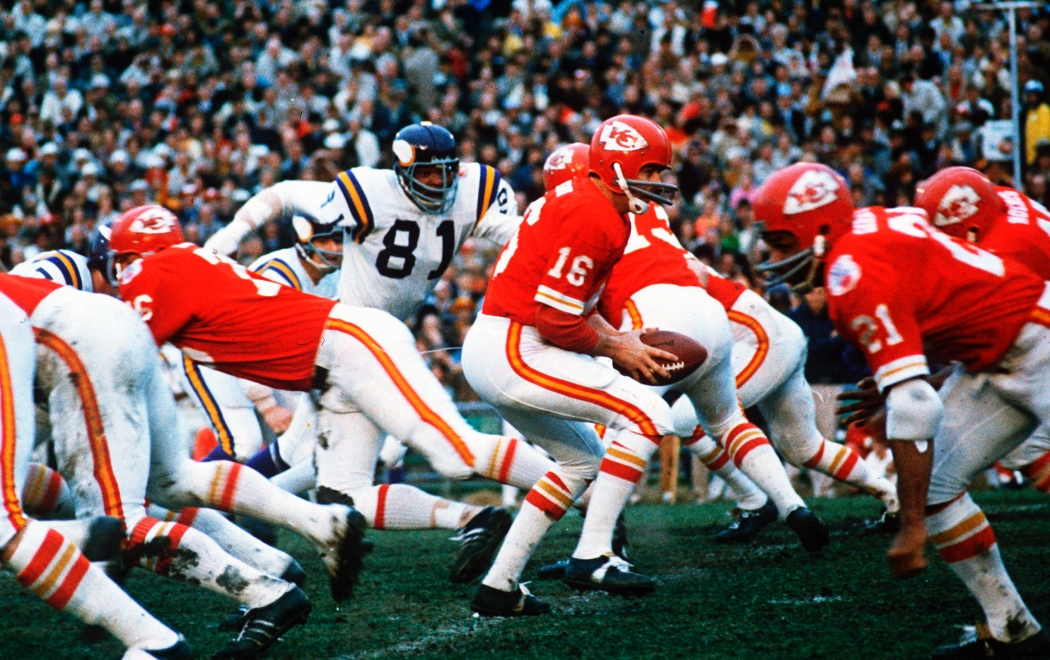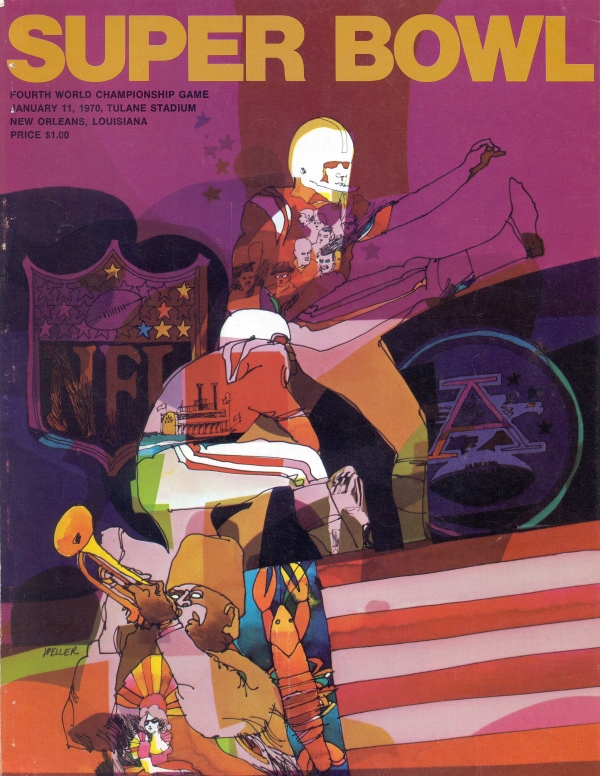Twin Cities Saga Comes Full Circle in Decade of AFL
12/7/2021

Many people don’t know there was a pro football saga in the Twin Cities that began in August of 1959. Five Minnesota businessmen were awarded a franchise in the new American Football League being formed by Kansas City Chiefs founder Lamar Hunt.
The Minnesota Vikings would be one of eight teams in the new professional football league.
The AFL even held its first draft – on Nov. 22, 1959 – in Minneapolis at the Nicollet Hotel.
The National Football League, however, took exception to this rival and looked to squash the new league before it took a snap. The NFL began to promise franchises to a few AFL team ownership groups in strategic cities.
The AFL owners, known as the “Foolish Club,” stuck together with an eye toward making the new league work.
All but one.
Five months later, in January 1960, the same ownership group made up of Bill Boyer, Ole Haugsrud, Bernie Ridder, H.P. Skoglund and Max Winter forfeited its AFL membership in order to become the National Football League's 14th franchise. They would begin play in 1961.
Hunt was furious.
He quickly awarded Minnesota’s AFL bid and all the team’s draft picks to Oakland, and that franchise would become known as the Raiders.
By 1966, the AFL-NFL war reached its peak, as the leagues spent a combined $7 million to sign their draft choices.
A series of secret meetings regarding a possible AFL-NFL merger were held in the spring between Hunt and Tex Schramm of the Dallas Cowboys. NFL Commissioner Pete Rozelle announced the merger of the two leagues on June 8, 1966.
Under the agreement, the two leagues would combine to form an expanded league with 24 teams, to be increased to 26 in 1968 and to 28 by 1970. While maintaining separate schedules through 1969, the leagues agreed to play an annual AFL-NFL World Championship Game beginning in January 1967, and to hold a combined draft, also beginning in 1967.
The first game played between the Chiefs and the Vikings was Super Bowl IV. It took place at Tulane Stadium in New Orleans on Jan. 11, 1970. The AFL champion Chiefs and NFL champion Vikings were playing for more than pro football’s World Championship.

Hunt had special motivation to win Super Bowl IV. The founder of the AFL couldn't help but reflect on the irony of playing the Vikings in the Crescent City. He spoke frankly at dinner the Wednesday before the big game.
“Everyone was all fired up after reading and hearing all week how the poor Chiefs didn’t have a chance against the mighty Vikings,” said Jack Steadman, longtime general manager for Hunt’s football club in Dallas and Kansas City. “Lamar began talking about how the Minnesota owners had double-crossed him and the other AFL owners in November 1959 by pulling out and accepting an NFL franchise. He wound up pounding the table and yelling, ‘Kill! Kill! Kill!’”
Adding more fuel to the fire was the fact Kansas City was playing in the last game by an AFL team. As such, the Chiefs took the field with an “AFL-10” patch on their jerseys to signify their pride in the league that existed for 10 seasons from 1960 to 1969.
However, the Chiefs were still a big 16-point underdog heading into the game.
After all, the Vikings were led by one of the most dominating defensive lines in history. Carl Eller, Alan Page, Gary Larsen and Jim Marshall comprised the famed "Purple People Eaters."
It turned out to be the formidable Kansas City defense that stole the show.
The Chiefs’ defense – anchored by Hall of Famers Bobby Bell, Buck Buchanan, Curley Culp, Willie Lanier, Johnny Robinson and Emmitt Thomas – stymied the Vikings’ offense.
This allowed the Chiefs to build a comfortable 16-0 halftime lead following three Jan Stenerud field goals and a 5-yard touchdown run by Mike Garrett. With the Vikings playing catchup and forced to throw often, Kansas City’s relentless defense intercepted three passes in the fourth quarter to seal the win, 23-7, securing the AFL’s reputation.
For the Chiefs, the victory avenged their loss to the Green Bay Packers in Super Bowl I. It also put an exclamation point on the success the Chiefs enjoyed throughout their years in the AFL, a league founded by their owner.
Perhaps the most important part of the Chiefs’ big upset of the Vikings in Super Bowl IV: The victory gave the AFL permanent credibility, as the Super Bowl series between the AFL and NFL forever would remain tied at 2-2.
Go back to all blog listings

